
- Home
- Stud Dogs
Some of our most popular Stud Dog Breeds:
- Puppy Litters
- Dog Services
- Dog Breed Profiles
- Blog
- Contact Us
Alaskan Malamute Breed Profile
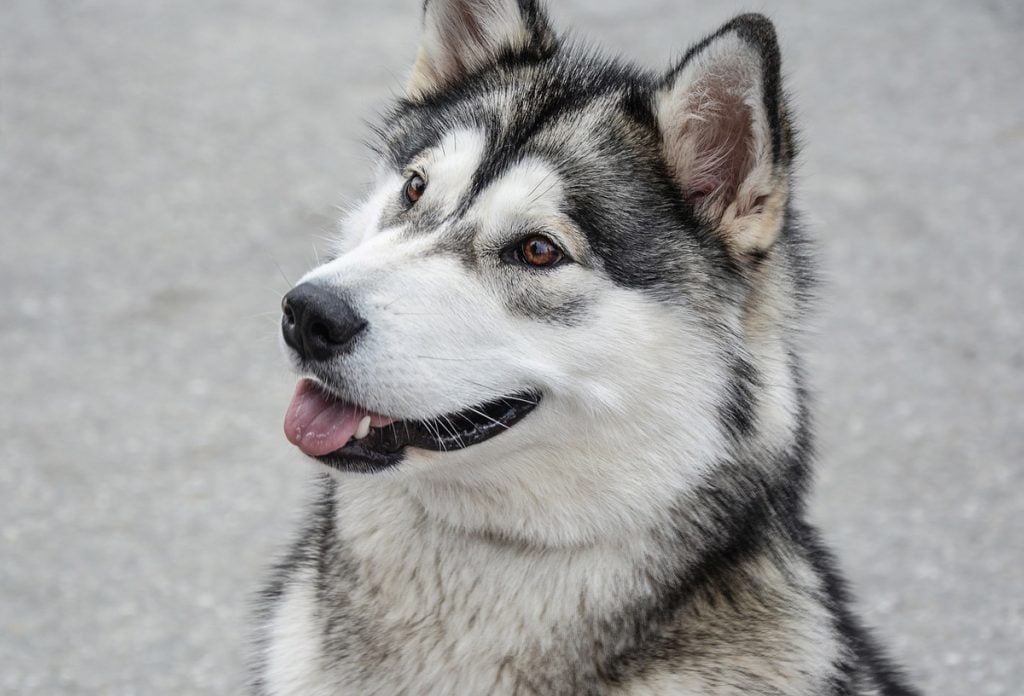
Fun-loving, smart and ever so slightly crazy, the Alaskan Malamute is a big, furry bundle of joy. This breed loves to live life to the full in every way and, as such, is quite demanding in terms of its grooming, physical exercise and mental stimulation needs. Alaskan Malamutes are extremely people-oriented and enjoy nothing more than being the noisy, joyful centre of attention. They don’t deal well with being left alone and to do so may result in some anxious and destructive behaviour. However, if you’re able to accommodate its demands, you couldn’t wish for a more loving, playful or intelligent companion to make your home complete.
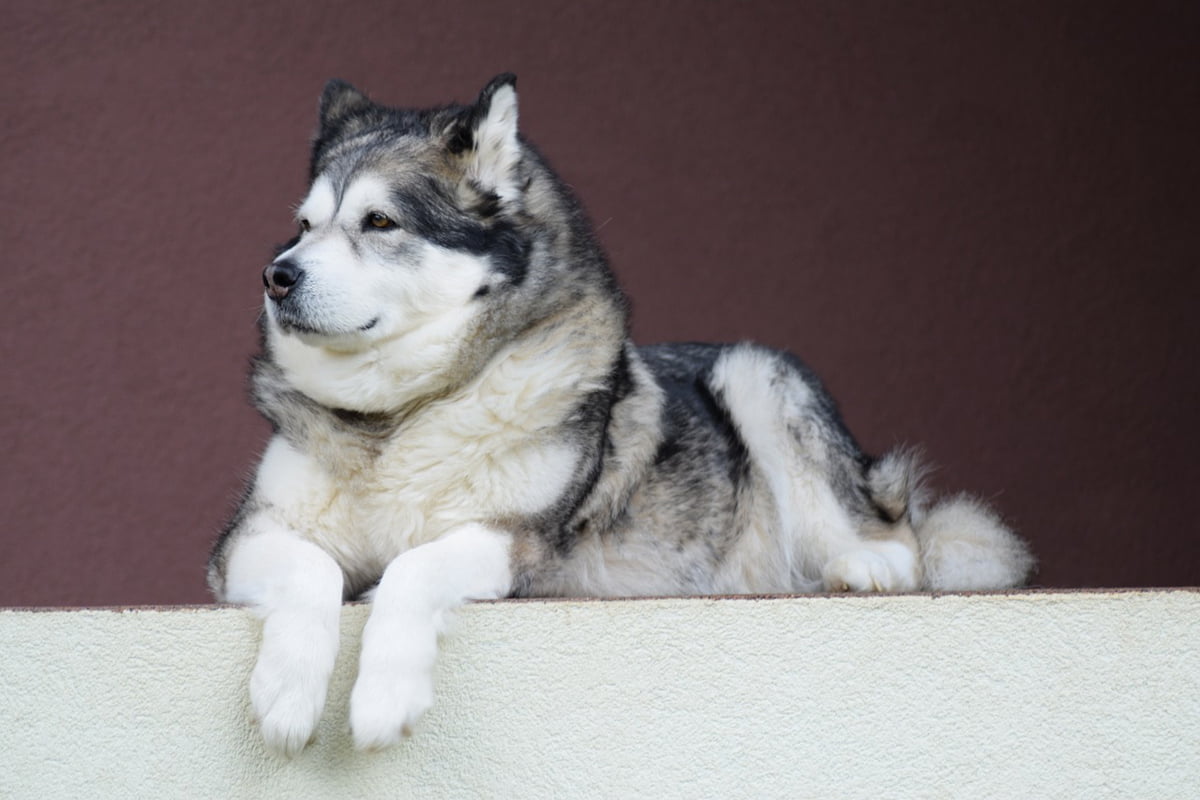
Typical Alaskan Malamute Facts
Height: 23-25 inches (58-63 cm)
Weight: 75-100 lbs (34-45 kg)
Average Litter Size: 4-10 puppies
Life Expectancy: Up to 15 years
Good with Children: Yes
Kennel Club Classification: Working group
Colour of an Alaskan Malamute
The Alaskan Malamute may range in colour from shades of grey and sable to red and black, with the only solid colour being pure white. The underbelly and feet are generally white, and there are commonly white markings on the legs, face and neck.
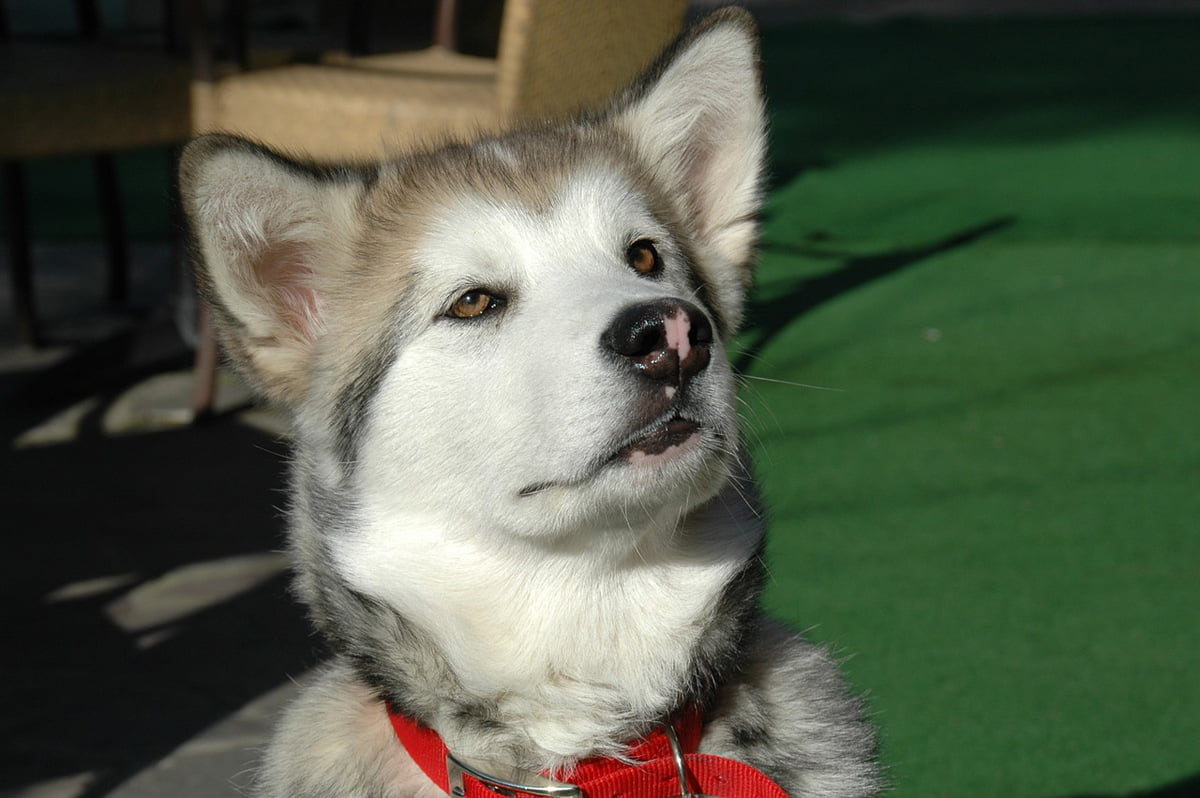
Grooming an Alaskan Malamute
Alaskan Malamutes have double-layered coats. The dense undercoat is woolly to protect against cold temperatures, and can be up to two inches in length, while the outercoat is short and coarse. Alaskan Malamutes shed all year round, but particularly heavily during the Spring and Autumn seasons. As such, your Alaskan Malamute will require a considerable amount of grooming, with a daily brushing being the recommended minimum.
Alaskan Malamute Common Ailments/Health Issues
The Alaskan Malamute is typically quite a healthy breed; however, there are a number of genetic health conditions of which prospective owners should be aware. These include polyneuropathy, which is degenerative loss of nerve function, specific blood diseases, numerous eye conditions and certain skin complaints, including demodicosis and zinc-responsive dermatosis. In addition, the Alaskan Malamute is sometimes prone to hip dysplasia, dwarfism and epilepsy.

Temperament of the Alaskan Malamute
Highly intelligent, independent and energetic, the Alaskan Malamute requires a lot of exercise and grooming to keep it happy and healthy. That said, it makes an extremely loving companion. As a rule, the Alaskan Malamute adores people, and would be only too willing to welcome complete strangers into your home. Whilst not prone to barking, the Alaskan Malamute is nevertheless very vocal, and will often howl or utter a characteristic “woo-woo” sound.
Training an Alaskan Malamute
Training the Alaskan Malamute can be something of a challenge for the inexperienced dog owner. On the one hand, its high intelligence level enables it to learn new commands quickly, and its eagerness to please means that it will often obey them happily. However, the Alaskan Malamute does have an independence of mind, which can be seen as stubbornness, and it will try to establish itself as “top dog” within the household. As such, training should begin at an early age and must be firm and consistent, with plenty of positive reinforcement. The Alaskan Malamute requires a great deal of mental stimulation to keep it occupied, and the breed has been known to excel at various sports, including skijoring, weight pulling, recreational sledding and competitive obedience.
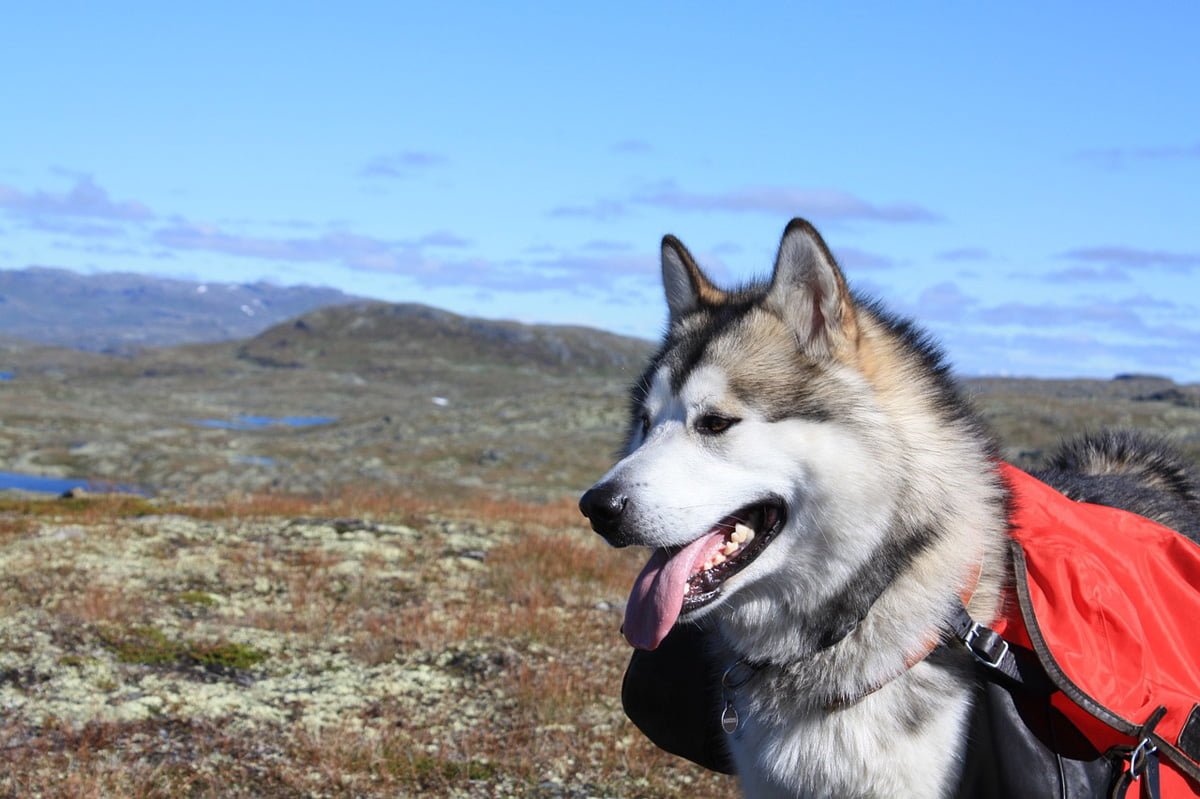
Exercise for an Alaskan Malamute
Alaskan Malamutes are extremely energetic and will simply not tolerate being cooped up for any great length of time. This being the case, the more exercise you can give your Alaskan Malamute, the better. If left alone or without a task for too long, this breed is highly likely to become bored and destructive. In addition, Alaskan Malamutes love to dig, and this ingrained instinct is very difficult to curb. As such, you may wish to consider setting aside a special place in your garden where your Alaskan Malamute can give free reign to this passion, but ensure that it is not able to dig its way out – walls and fences should be set deep in the ground to prevent such an eventuality. Moreover, Alaskan Malamutes have a strong prey drive, and you should be vigilant when letting your Alaskan Malamute roam free, as it is likely to want to chase any small creatures it encounters.
History of the Alaskan Malamute
The Alaskan Malamute is one of the most ancient breeds of dog still in existence, and one that has changed little in either appearance or personality over many hundreds of years. Originating in Alaska, the Alaskan Malamute is a member of the spitz dog family, which also includes such breeds as the Akita, Samoyed and Siberian Husky.
Historically, the Alaskan Malamute was used by early Eskimos between two and three thousand years ago to help pull laden sleds and carry heavy loads over tremendous distances, which accounts for the breed’s great strength and high endurance level. In addition, Alaskan Malamutes were used for hunting in the frozen wild, seeking out and chasing large prey, including seals and polar bears. They were also used for protection against other wild creatures. The Alaskan Malamute’s thick coat protected it from extreme cold, and its powerful stature equipped it for the tough working lifestyle for which it was bred.
In 1896, Alaskan Malamutes featured prominently in the Klondike Gold Rush, with miners paying exorbitant prices for dogs to pull their sleds. During this time, the Alaskan Malamute’s purity was threatened as breeders attempted to create a larger and swifter version of the breed. Happily, though, the Alaskan Malamute’s strong genetics prevailed. Not long afterwards, the breed was almost entirely decimated as a result of the Second World War, during which many were killed in military service, and afterwards, a huge number were euthanised. It is thought that all Alaskan Malamutes of today are directly descended from a mere 30 or so dogs that survived World War II, thanks to the efforts of a US naval officer called Robert Zoller.
The Alaskan Malamute was officially recognised by the American Kennel Club in 1935, with the UK Kennel Club following suit a few years later. Today, they are justly popular as an affectionate and joyous companion and a loving family pet.
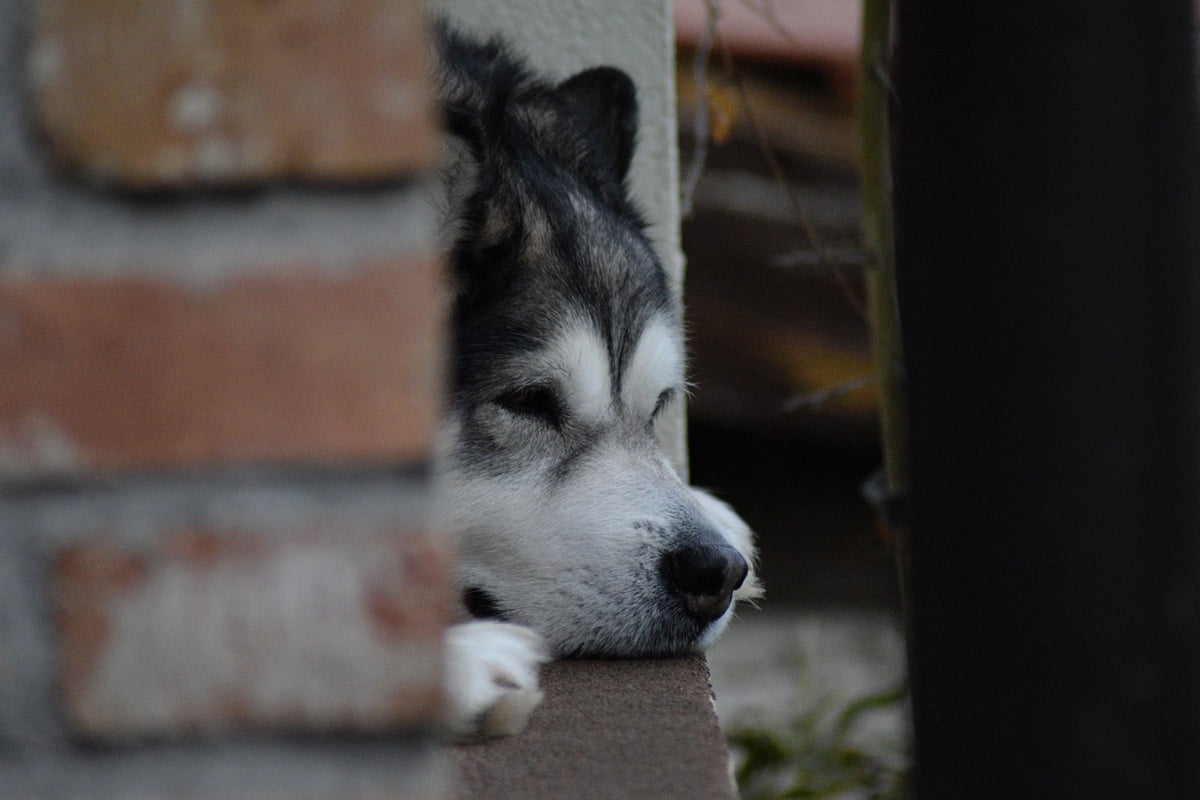
Alaskan Malamute Stud Dog Listings
A dog owner since the early 80s, after convincing his parents to buy a Yorkshire terrier named Sadie, Darren created Dream Dogs so dog owners could find the best dog related information on the Internet.